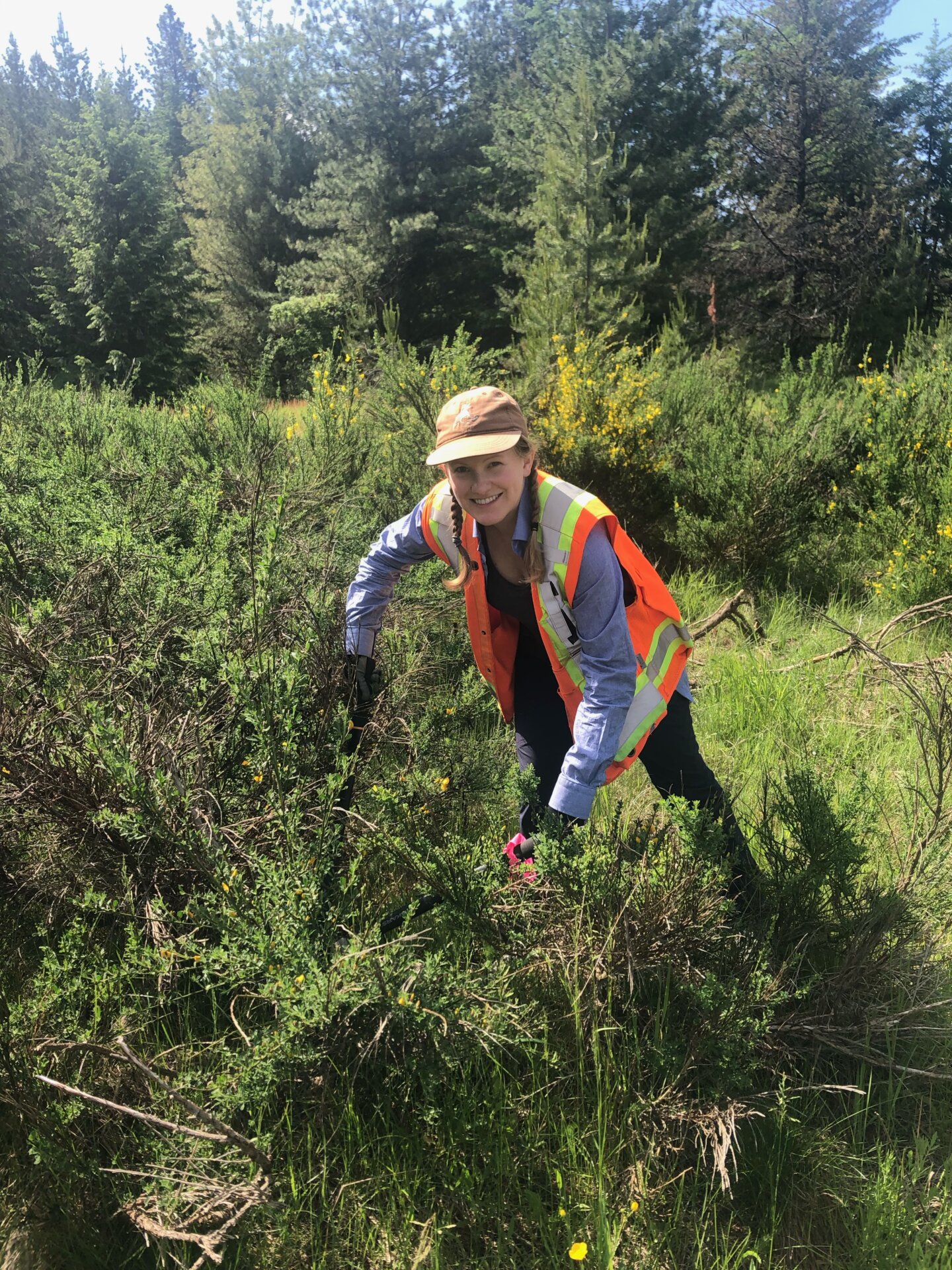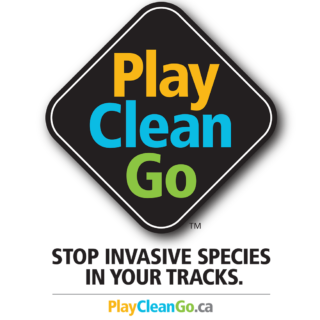We have conducted a full field season of plant inventories, surveys, control and monitoring of key invasive species in the Central Kootenay region. Despite the ongoing global Covid-19 pandemic, the CKISS team were able to put safety protocols in place that allowed invasive species fieldwork to go ahead in 2020.
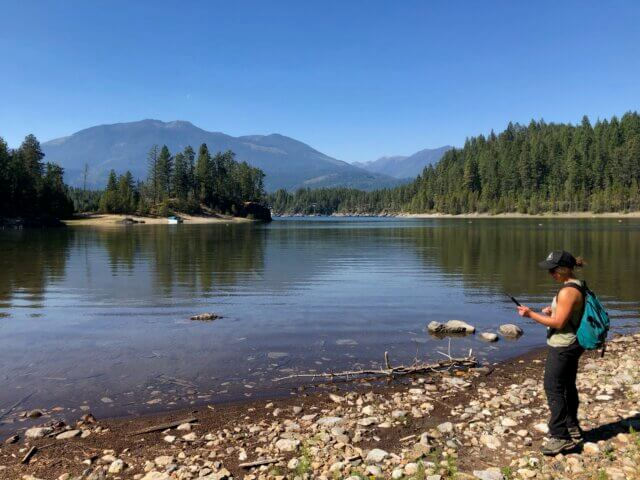
How has Covid-19 Impacted the CKISS field season?
“The 2020 field season has been a bit different this year due to the global pandemic. Invasive plants however have not stopped growing. We have adapted our programs to ensure the safety of CKISS staff and the public, and are currently coordinating 25 invasive plant management projects across the CKISS region.,” said Kalenna Olynyk CKISS Field Program Manager
“Some of the changes we have made include daily sanitation of gear, physical distancing, and using indirect methods to contact landowners. With the help of our hard-working team of staff, contractors, and funders, we have been able to do a lot of great work this year despite the global pandemic.”
Why do invasive species need to be managed?
Invasive species are non-native plants, animals, or fungi that become well established because they do not have any natural predators or controls. These introduced species spread quickly and out-compete native vegetation, which reduces biodiversity and affects fragile ecosystems, recreation opportunities, and the economy.
CKISS uses well-researched protocols and best management practices to prevent, eradicate, contain or suppress infestations. The Central Kootenay Region is divided into 6 Invasive Plant Management Areas (IPMA). This season the operations team conducted a variety of invasive plant surveys to understand the extent of infestations and to guide future management decisions in each area. In addition, multiple control efforts using site-appropriate methods took place throughout the region on high priority species.
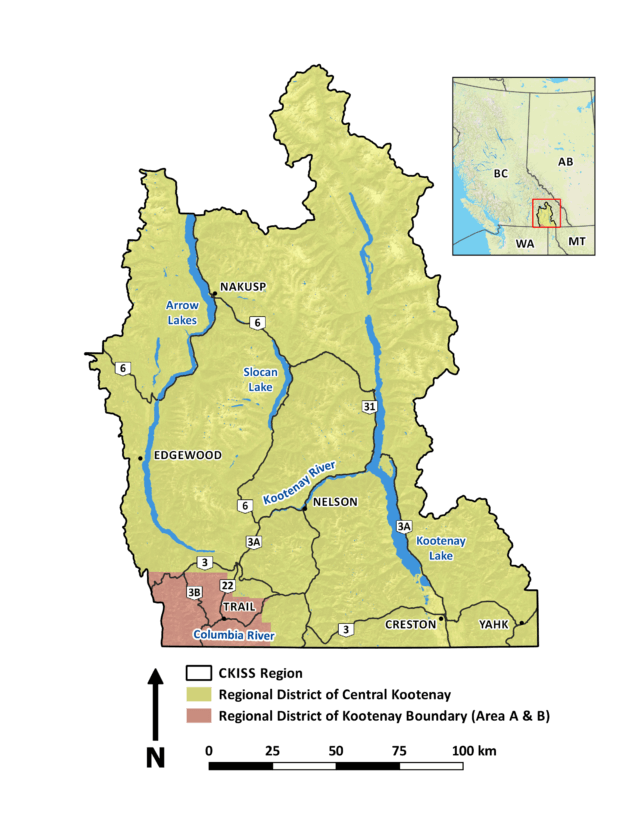
Nelson IPMA
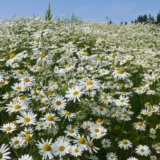
- High priority species in the Nelson IPMA are scentless chamomile and field scabious.
- One goal for CKISS in the Nelson region is to eradicate the scentless chamomile infestation on Giveout Forest Service Road. Mountain bikers use the road to access popular single-track trails. The concern is that the invasive seeds can hitchhike onto mountain bikes, clothing, vehicles etc. and spread to new locations if trail users don’t clean their gear, footwear and equipment between recreation sites.
Creston IPMA
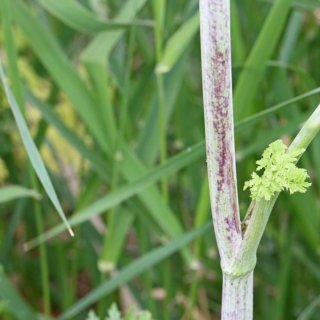
- A high priority species in the Creston region is poison hemlock. This plant is a priority because sites in Creston are the only known local occurrences throughout the Central Kootenay Region.
- CKISS’ goal is to prevent poison hemlock from spreading to other regions because the plant is extremely toxic; all parts of the plants are deadly to people and animals when ingested. Poison hemlock flowers are white and form umbrella clusters, has fern like leaves with a musty smell and reddish or purple streaking on the stem. We are asking the public to report sightings of the plant by emailing info@ckiss.ca or calling 1-844-352-1160.
- Examples of species that were surveyed in the Creston area during the 2020 field season are common tansy and spotted knapweed. Both of these species are well established in the Creston area, but we are working to contain them from spreading in the East Kootenay region where populations of these invasive plants are not widespread.
Kaslo IPMA

- Examples of high priority species monitored in the Kaslo area during the 2020 field season are knotweed and blueweed.
- Knotweed is a highly invasive plant that negatively impacts infrastructure and increases erosion due to its extensive root system. The damage that knotweed causes can decrease property values, increase taxes and cause environmental harm. Blueweed invades rangelands and pastures, affecting livestock and food security.
- Both of these species were introduced through the horticulture industry as ornamental plants for home gardens. They have since jumped the garden fence causing a number of economic, social and environmental problems.• Learn how to ID knotweed and blueweed and report sightings to info@ckiss.ca
Nakusp IPMA
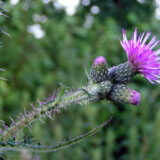
- High priority species in the Nakusp IPMA are marsh plume thistle, blueweed and Scotch broom.
- Marsh plume thistle is listed as a “Regional EDRR Species” on our priority list. These species are found in small amounts and in limited distributions in the CKISS region. Species with this priority level are the highest priority that CKISS manages. The goal for these species is immediate eradication if they are detected.
- Learn how to ID marsh plume thistle click here, report sightings to info@ckiss.ca.
Slocan IPMA
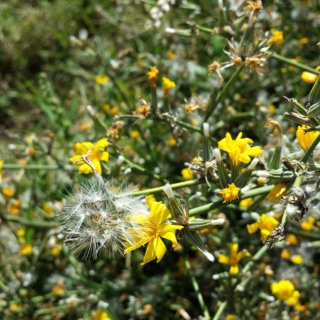
- Within the Slocan IPMA , rush skeleton weed is found near Krestova and we are working to stop it’s spread outside of this containment area.
- Learn how to ID rush skeleton weed by clicking here. If you see this plant please report it by emailing info@ckiss.ca.
Lower Arrow IPMA
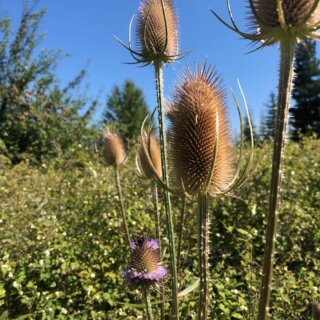
- Within the Lower Arrow IPMA ,teasel. is a priority plant to eradicate and control annually
- Teasel is known in the area but with very limited distribution. The majority of known teasel sites are monitored and treated on an annual basis in this area.
Learn how to ID teasel by clicking here, report sightings to info@ckiss.ca.
What can you do to help manage invasive plants in our region?
We remind outdoor recreationalists that prevention is the best tool when it comes to invasive species management, and we recommend following these steps before visiting your favourite recreation spot:
REMOVE plants, animals & mud from boots, gear, pets & vehicle.
CLEAN your gear before entering & leaving the recreation site.
STAY on designated roads & trails.
If you are a gardener follow these PlantWise tips:
- Know what you grow – only choose non-invasive plants for your garden.
- Control invasive plants on your property.
- Dispose of invasive plants responsibly:
- Don’t dump garden waste in public space
- Don’t compost invasive plants
- DO bag your invasive plants and dispose at a landfill. All landfills within the RDCK and RDKB accept invasive plant species for free. Ensure your material is bagged in clear plastic bags and notify the attendant that you have invasive plant species. For more information please see the RDCK Resource Recovery Bylaw.
CKISS gratefully acknowledges the support of our many funders who make our work possible, including the Province of British Columbia through the Ministry of Forests, Lands, Natural Resource Operations and Rural Development.


